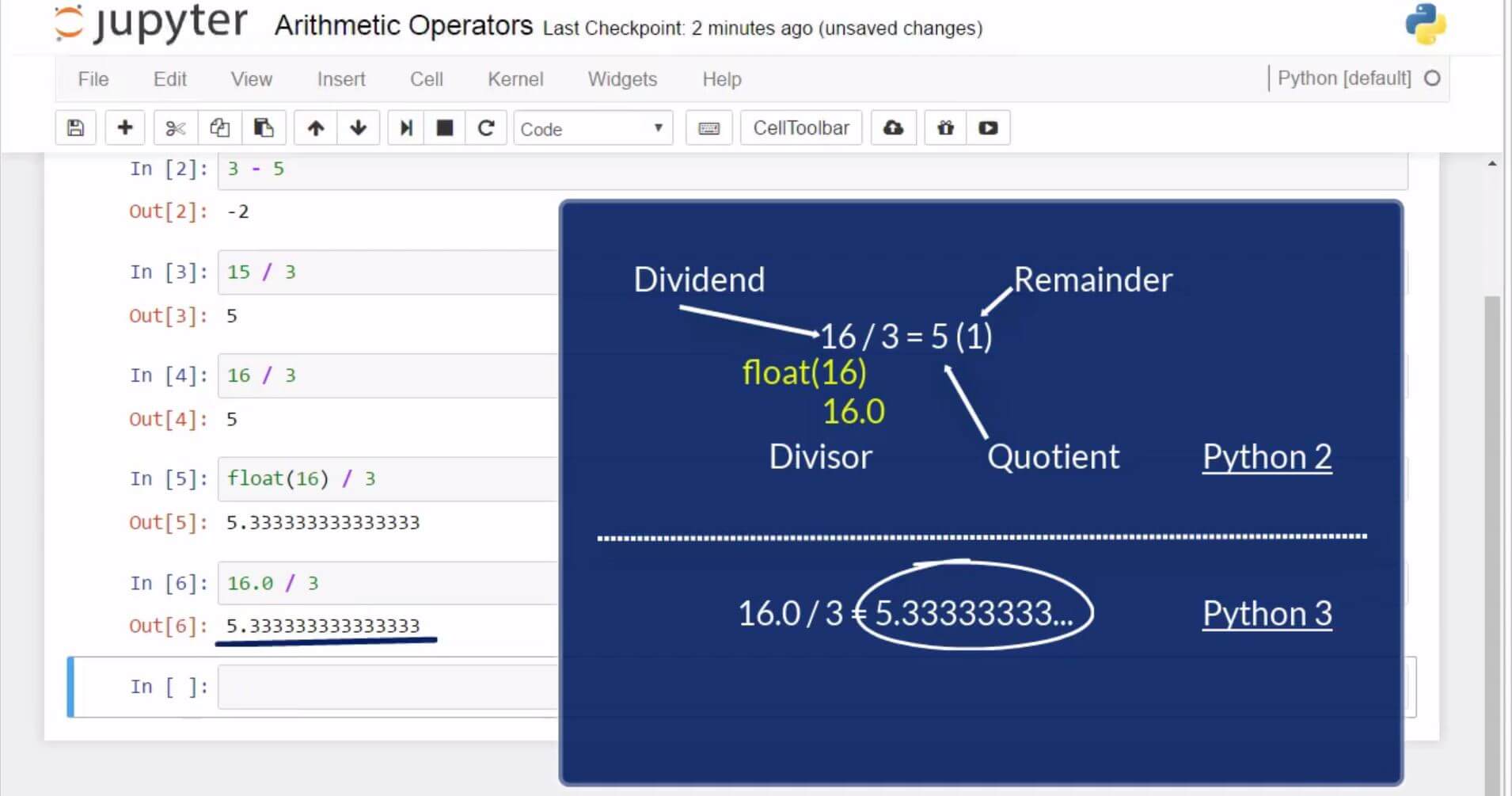

See typing.Set below for sub-type constraints frozenset allows list, tuple, set, frozenset, deque, or generators and casts to a frozen set See typing.Dict below for sub-type constraints set allows list, tuple, set, frozenset, deque, or generators and casts to a set See typing.Tuple below for sub-type constraints dict dict(v) is used to attempt to convert a dictionary See typing.List below for sub-type constraints tuple allows list, tuple, set, frozenset, deque, or generators and casts to a tuple See this warning on loss of information during data conversion float similarly, float(v) is used to coerce values to floats str strings are accepted as-is, int float and Decimal are coerced using str(v), bytes and bytearray areĬonverted using v.decode(), enums inheriting from str are converted using v.value,Īnd all other types cause an error bytes bytes are accepted as-is, bytearray is converted using bytes(v), str are converted using v.encode(),Īnd int, float, and Decimal are coerced using str(v).encode() list allows list, tuple, set, frozenset, deque, or generators and casts to a list None, type(None) or Literal (equivalent according to PEP 484) allows only None value bool see Booleans below for details on how bools are validated and what values are permitted int pydantic uses int(v) to coerce types to an int to require a positive int) seeĬonstrained Types. Strict Types if you need to constrain the values allowed (e.g. Pydantic supports many common types from the Python standard library.

If no existing type suits your purpose you can also implement your own pydantic-compatible types So pydantic implements many commonly used types. For many useful applications, however, no standard library type exists, Where possible pydantic uses standard library types to define fields, thus smoothing Test_output_contains("Integer: 20",no_output_msg= "Make sure your integer matches exactly to the exercise desciption.Discriminated Unions (a.k.a. Test_output_contains("Float: 10.000000",no_output_msg= "Make sure your float matches exactly to the exercise desciption.") Test_output_contains("String: hello",no_output_msg= "Make sure your string matches exactly to the exercise desciption.") Test_object('myint', incorrect_msg="Don't forget to change `myint` to the correct value from the exercise description.") Test_object('myfloat', incorrect_msg="Don't forget to change `myfloat` to the correct value from the exercise description.") Print("Integer: %d" % myint) test_object('mystring', incorrect_msg="Don't forget to change `mystring` to the correct value from the exercise description.")
Float python code#
Print("Integer: %d" % myint) # change this code If isinstance(myint, int) and myint = 20: If isinstance(myfloat, float) and myfloat = 10.0: The floating point number should be named myfloat and should contain the number 10.0, and the integer should be named myint and should contain the number 20. The string should be named mystring and should contain the word "hello". The target of this exercise is to create a string, an integer, and a floating point number. Mixing operators between numbers and strings is not supported: # This will not work!

Simple operators can be executed on numbers and strings: one = 1Īssignments can be done on more than one variable "simultaneously" on the same line like this a, b = 3, 4 These are beyond the scope of this tutorial, but are covered in the Python documentation. There are additional variations on defining strings that make it easier to include things such as carriage returns, backslashes and Unicode characters. The difference between the two is that using double quotes makes it easy to include apostrophes (whereas these would terminate the string if using single quotes) mystring = "Don't worry about apostrophes" Strings are defined either with a single quote or a double quotes. To define a floating point number, you may use one of the following notations: myfloat = 7.0 To define an integer, use the following syntax: myint = 7 (It also supports complex numbers, which will not be explained in this tutorial). Python supports two types of numbers - integers(whole numbers) and floating point numbers(decimals). This tutorial will go over a few basic types of variables. You do not need to declare variables before using them, or declare their type. Python is completely object oriented, and not "statically typed".


 0 kommentar(er)
0 kommentar(er)
